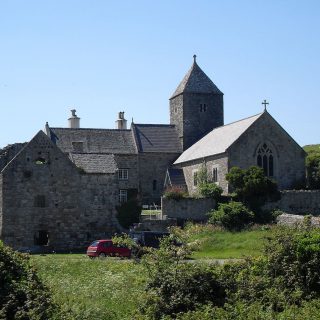The Monition of Cursing, Archbishop Gavin Dunbar of Glasgow
"Gude folks, heir at my Archibischop of Glasgwis letters under his round sele, direct to me or any uther chapellane, makand mensioun, with greit regrait, how hevy he beris the pietous, lamentabill, and dolorous complaint that pass our all realme and commis to his eris, be oppin voce and fame, how our souverane lordis trew liegis, men, wiffis and barnys, bocht and redeimit be the precious blud











Recent Comments